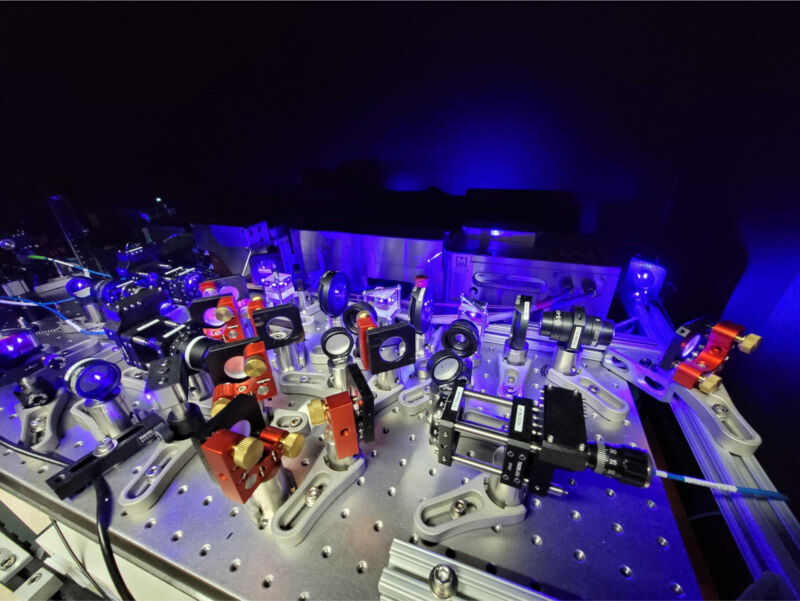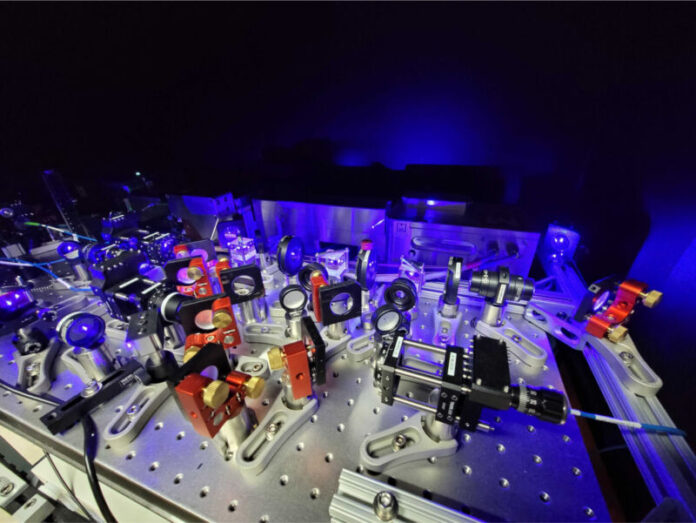
Enlarge / Some of the optical hardware needed to get QuEra's machine to work. (credit: QuEra)
There's widespread agreement that most useful quantum computing will have to wait for the development of error-corrected qubits. Error correction involves distributing a bit of quantum information—termed a logical qubit—among a small collection of hardware qubits. The disagreements mostly focus on how best to implement it and how long it will take.
A key step toward that future is described in a paper released in Nature today. A large team of researchers, primarily based at Harvard University, have now demonstrated the ability to perform multiple operations on as many as 48 logical qubits. The work shows that the system, based on hardware developed by the company QuEra, can correctly identify the occurrence of errors, and this can significantly improve the results of calculations.
Yuval Boger, QuEra's chief marketing officer, told Ars: "We feel it is a very significant milestone on the path to where we all want to be, which is large-scale, fault-tolerant quantum computers.
Read 22 remaining paragraphs | Comments
Ars Technica - All contentContinue reading/original-link]




